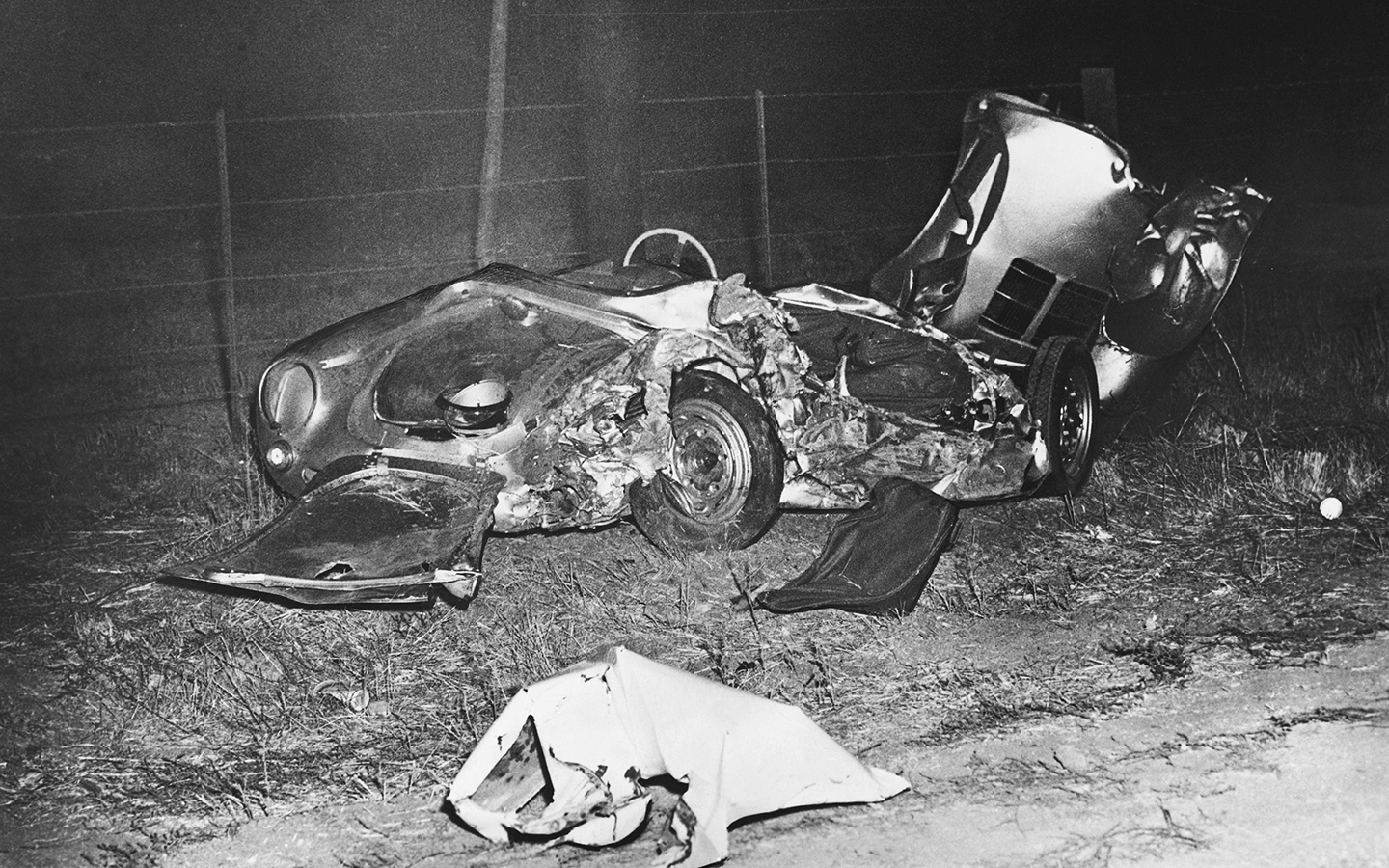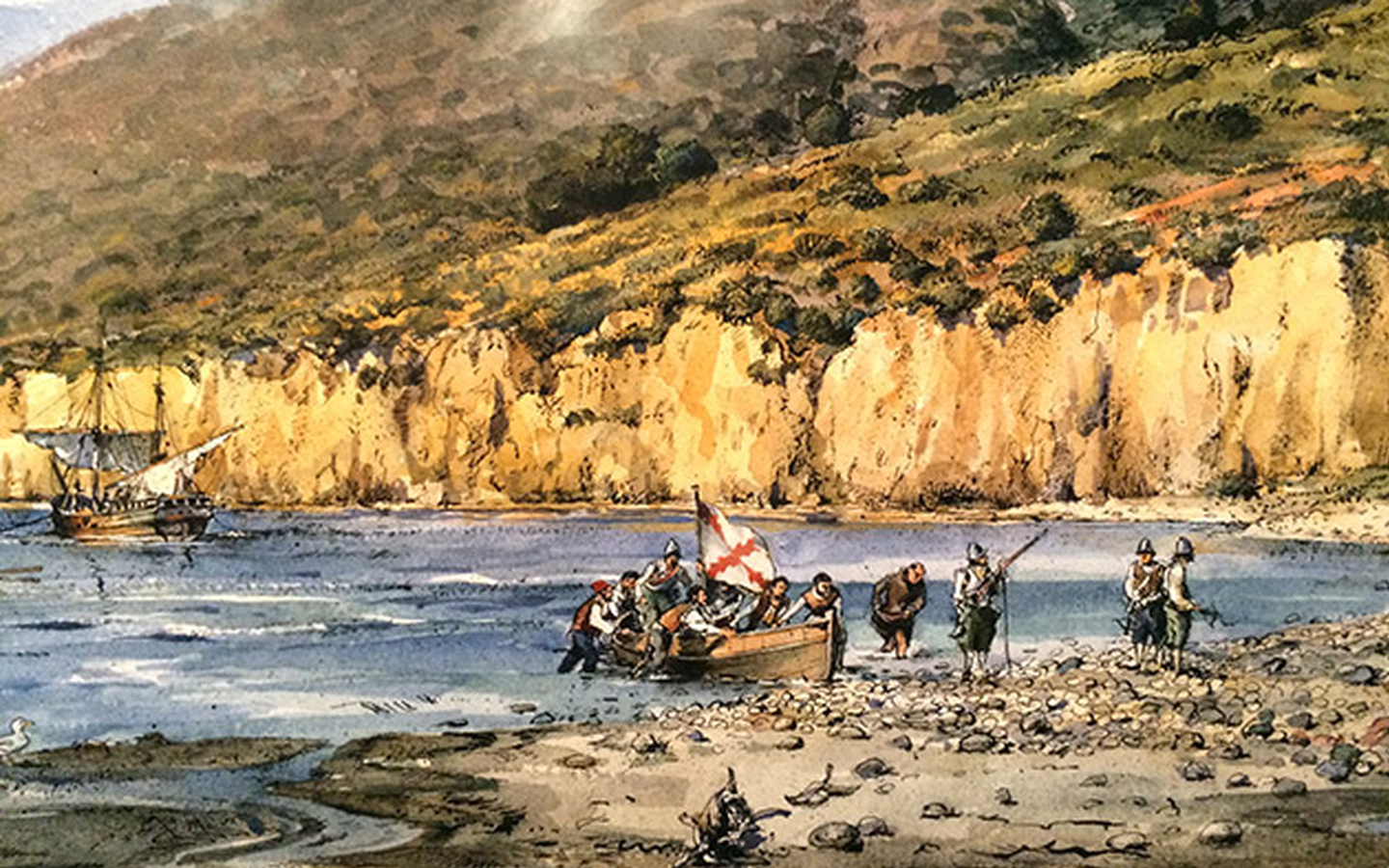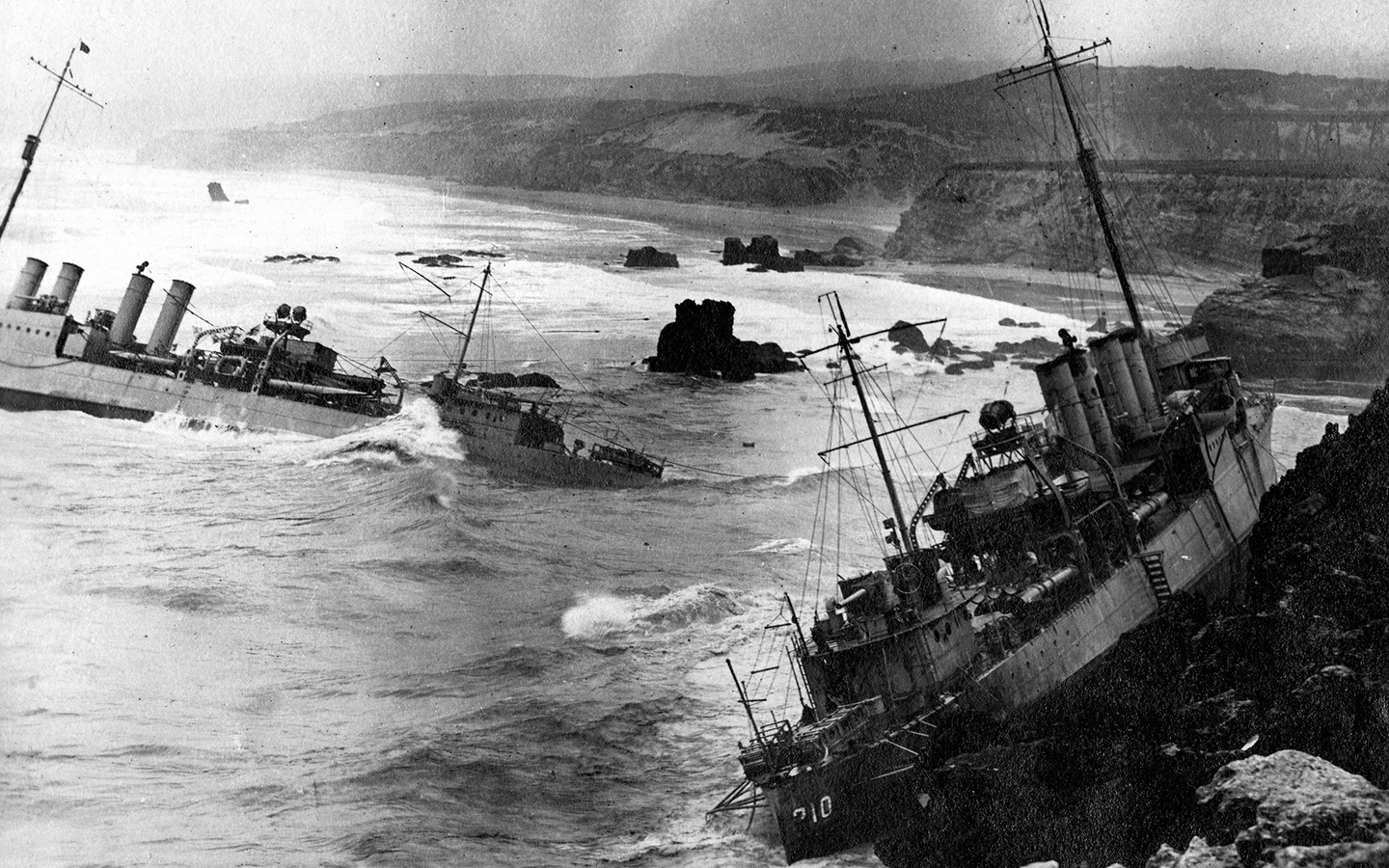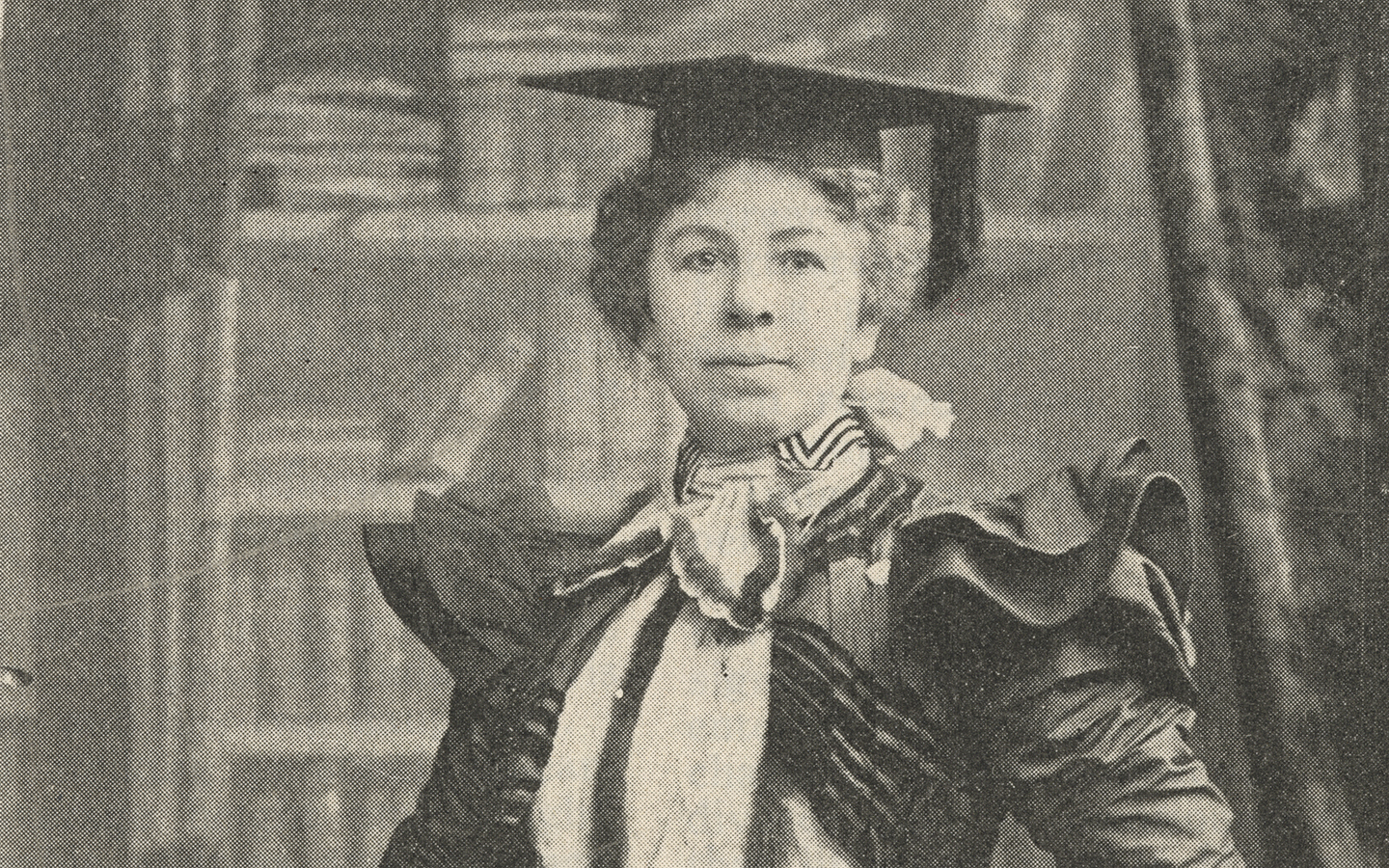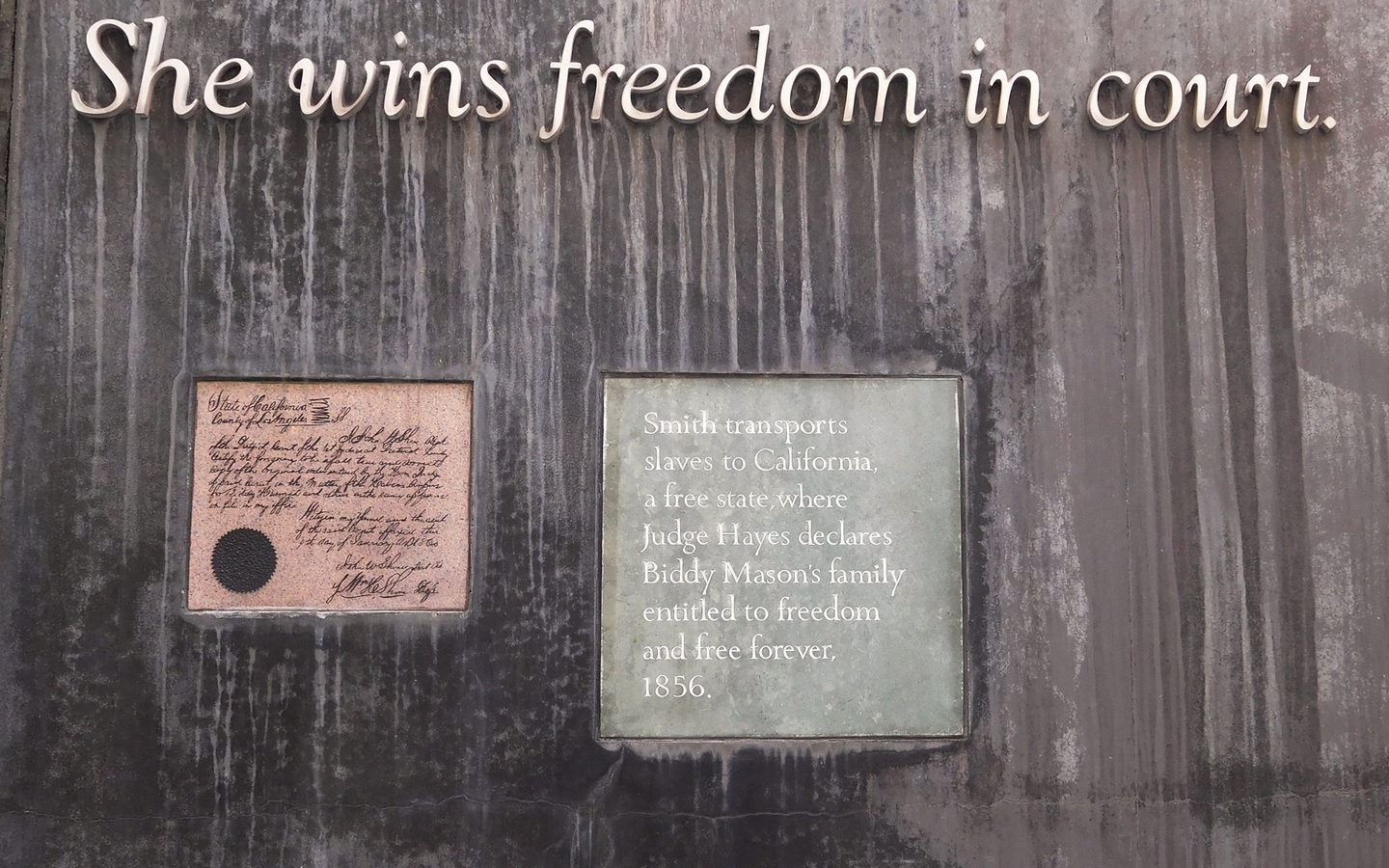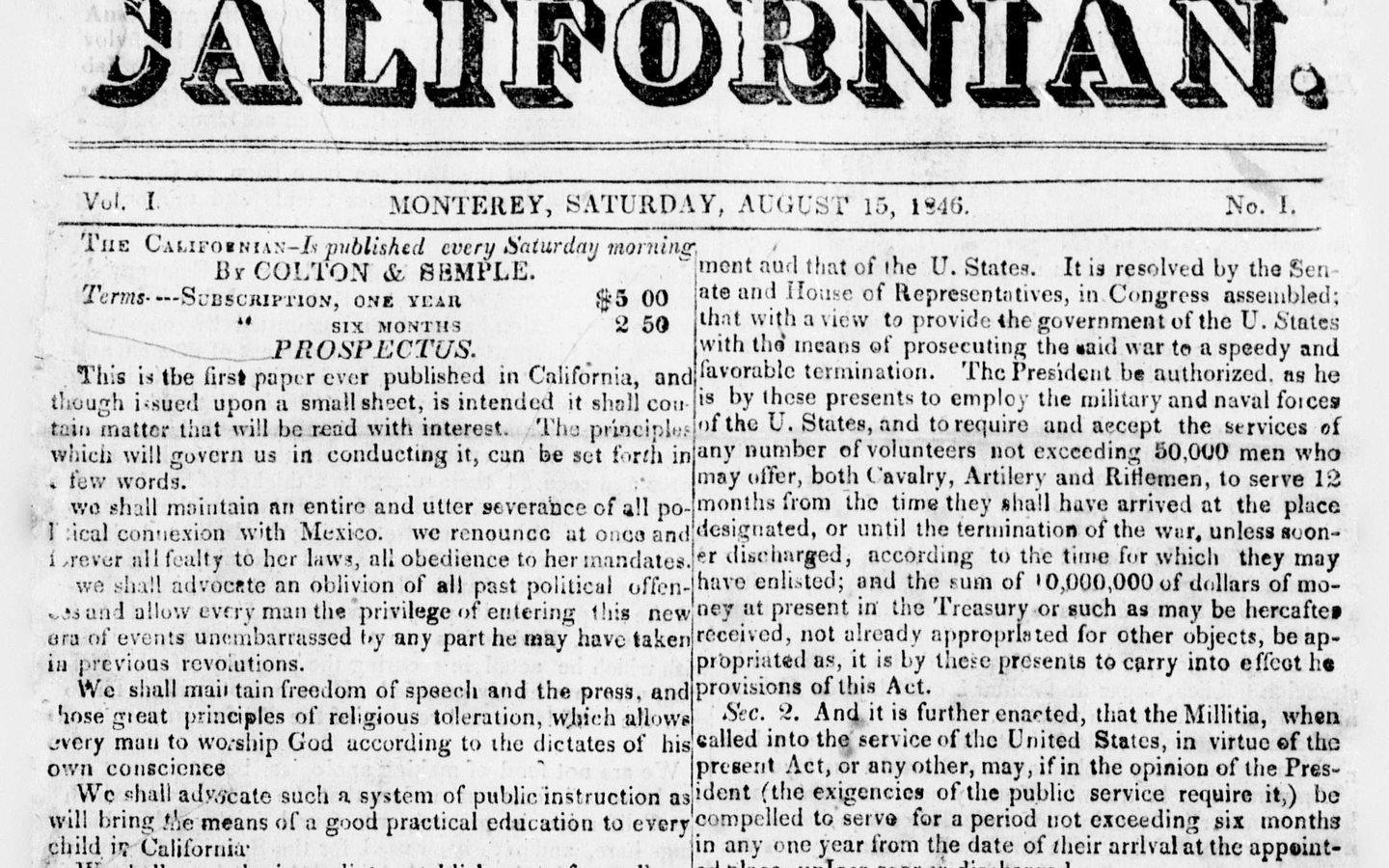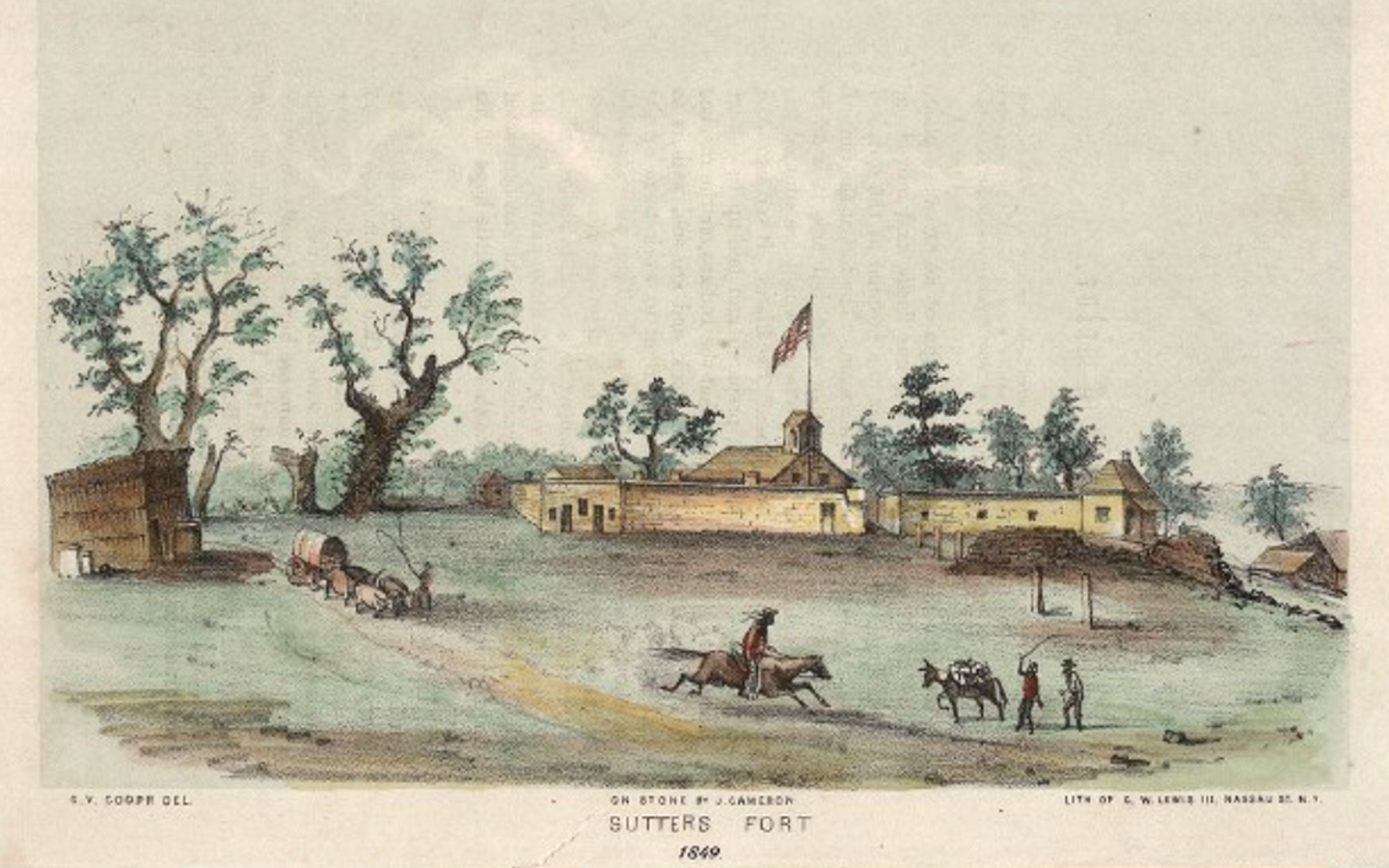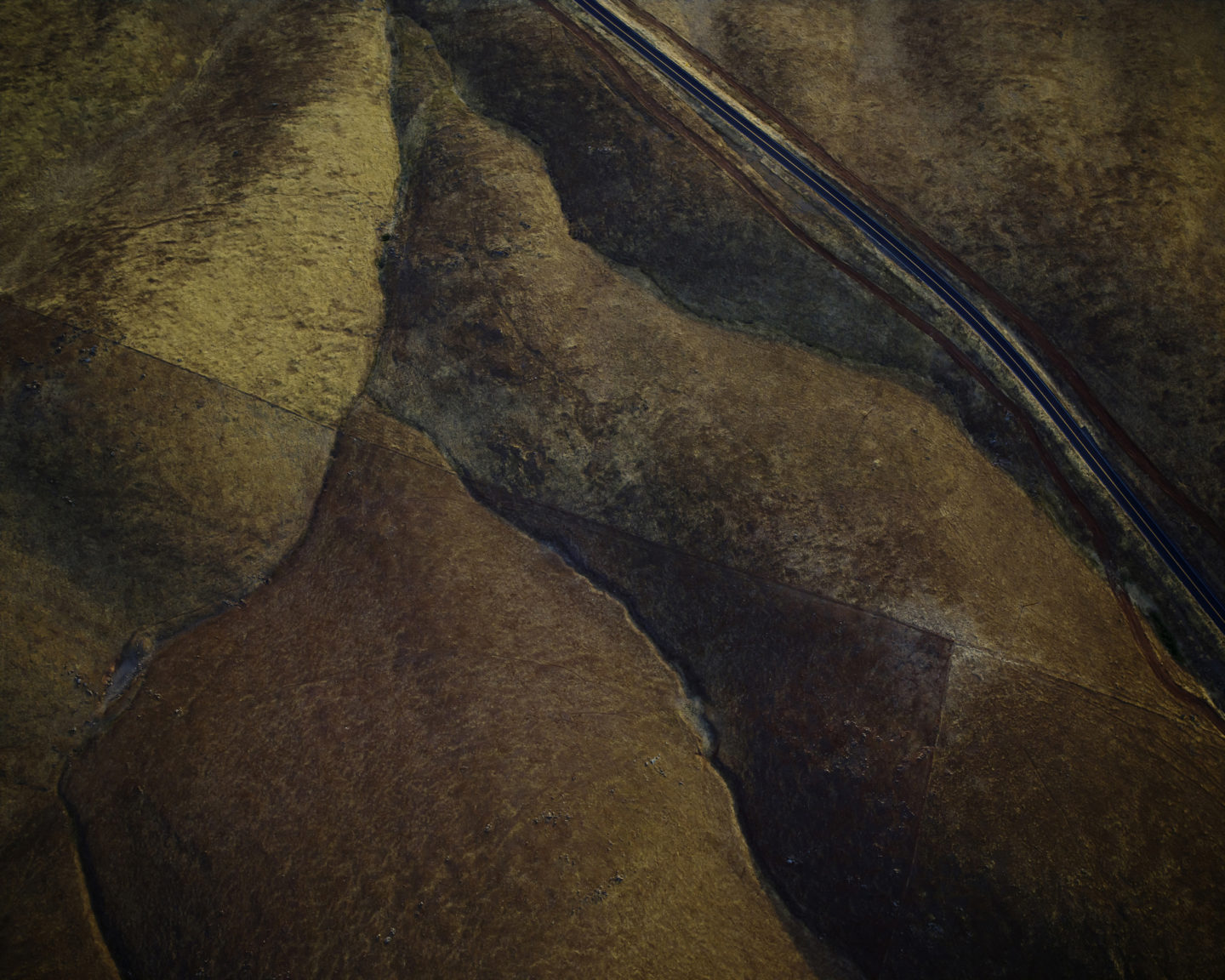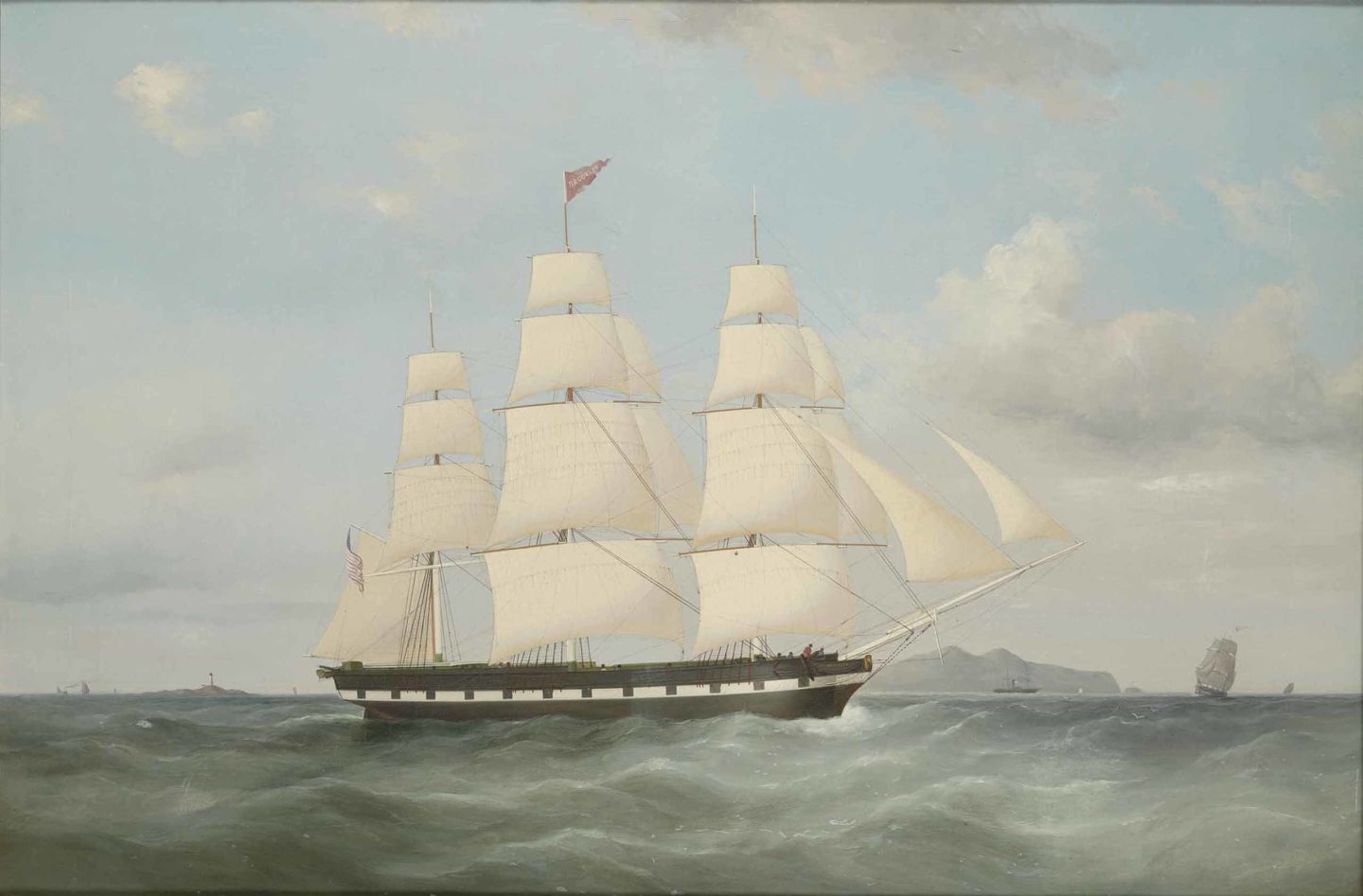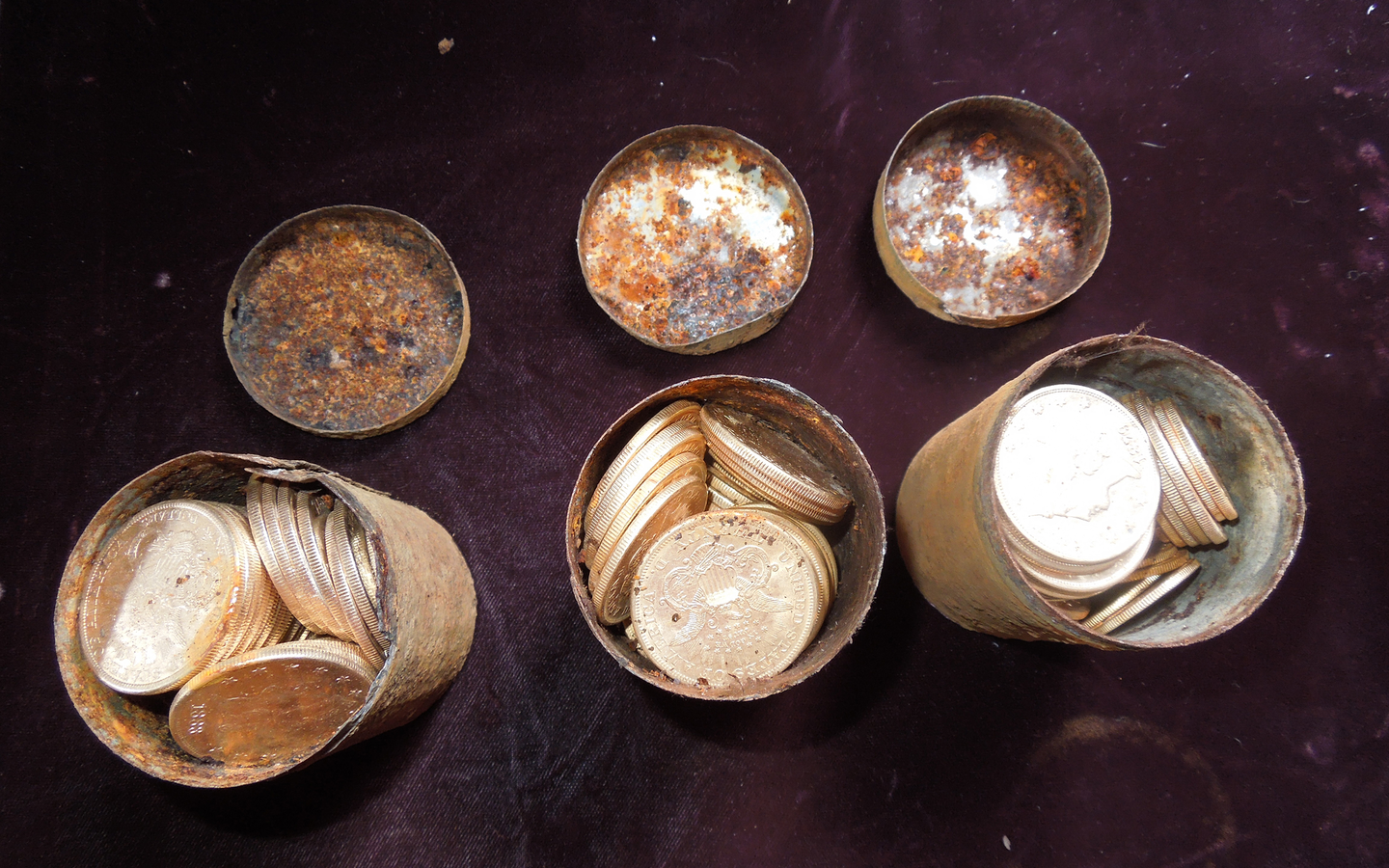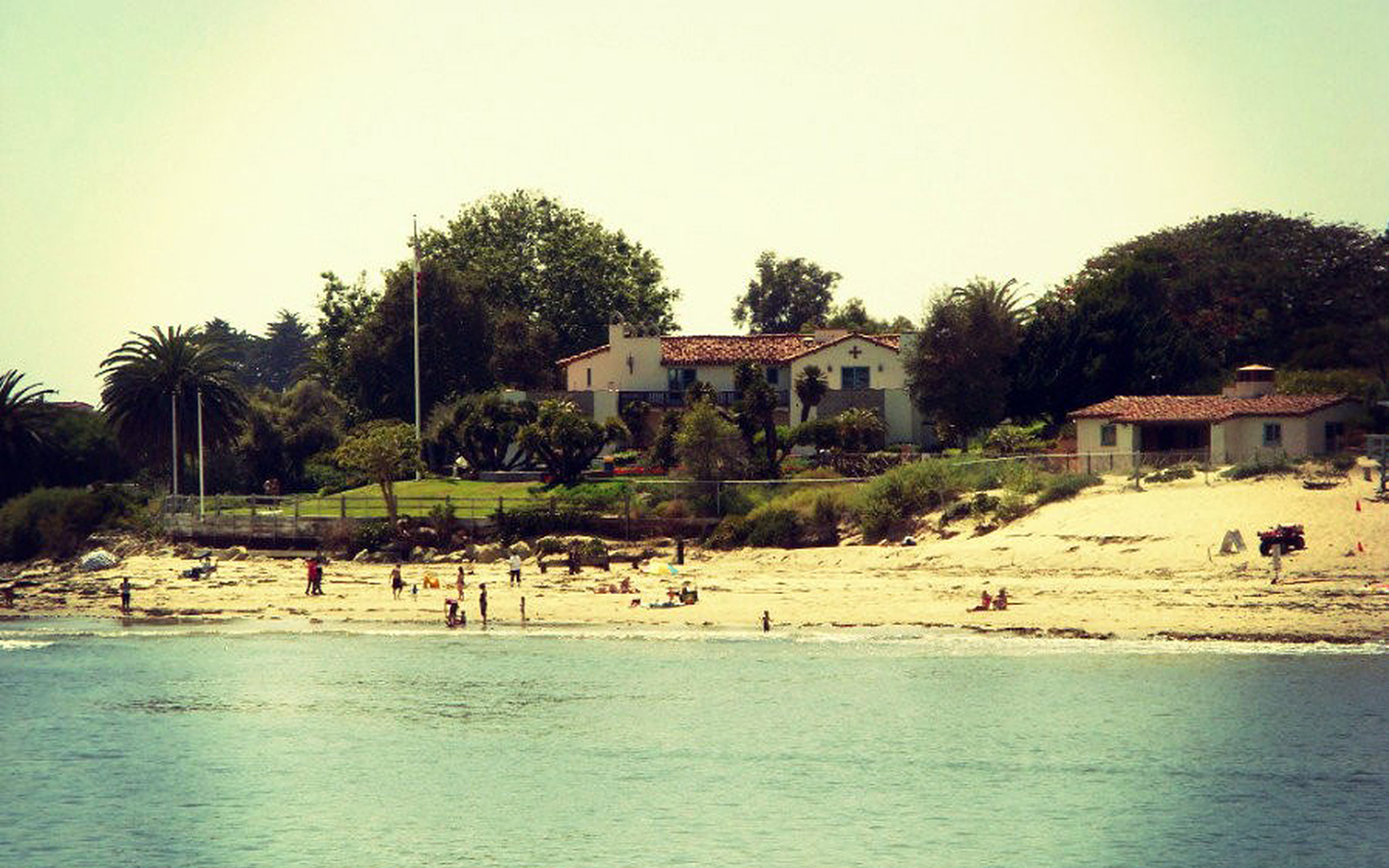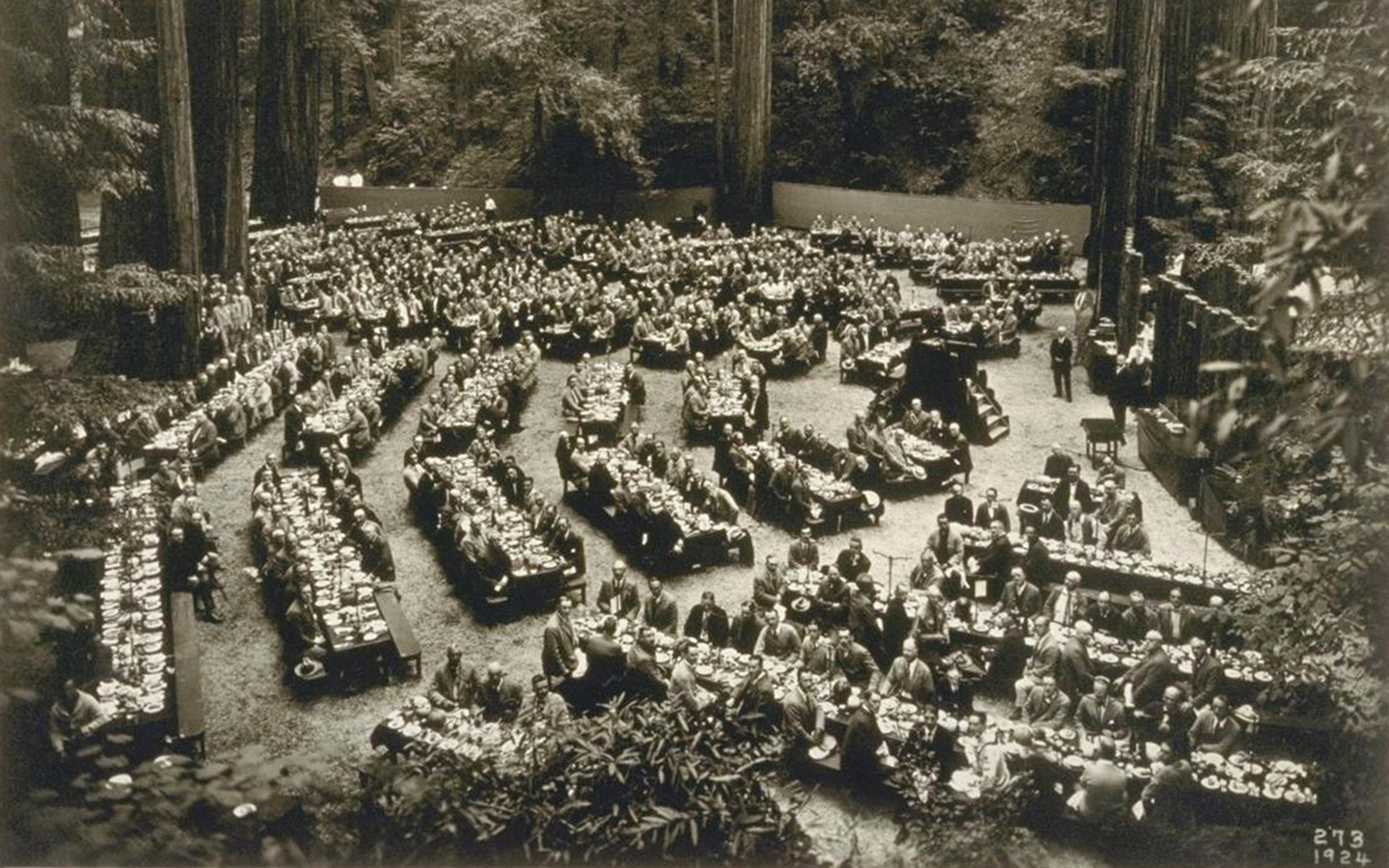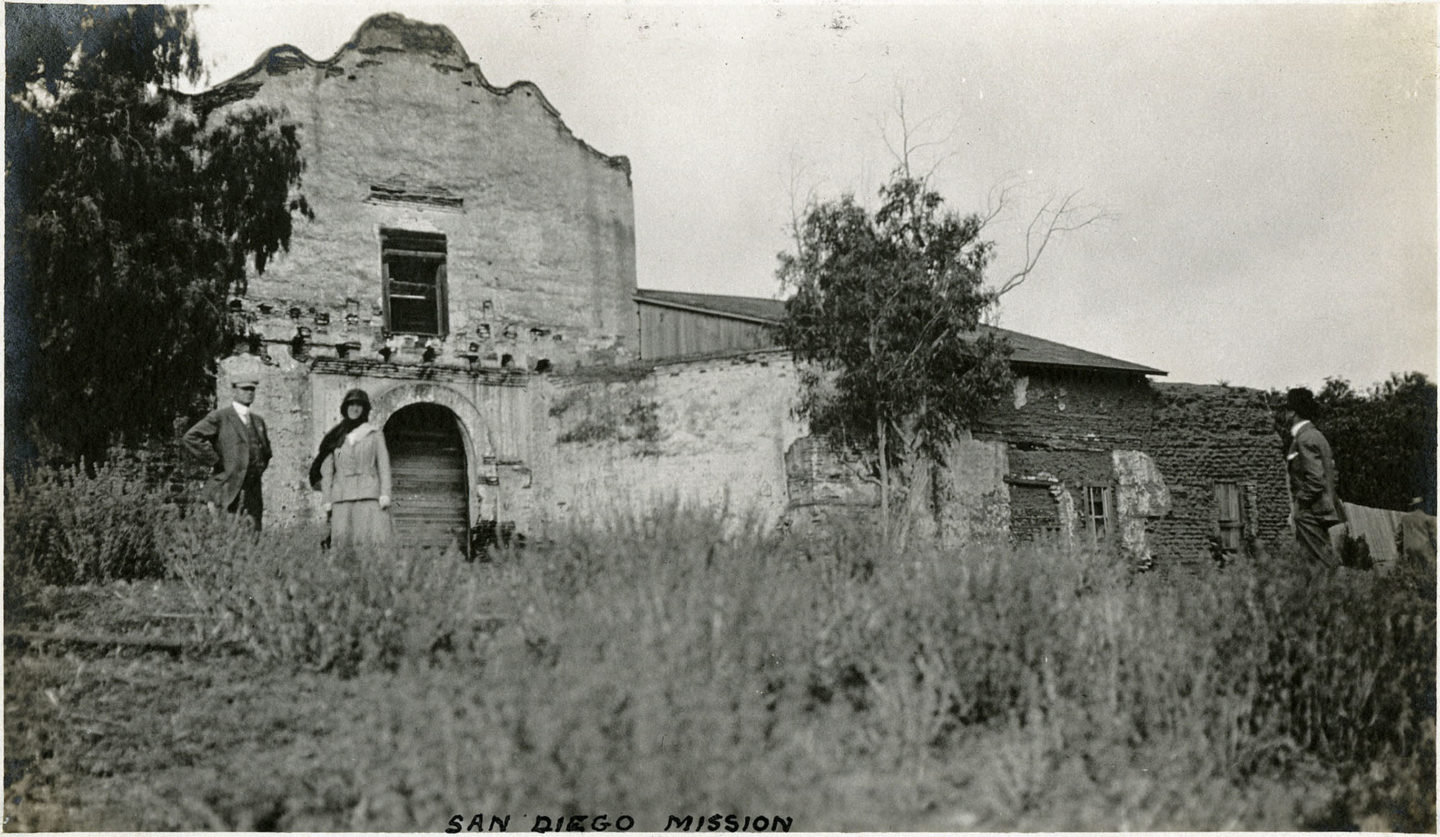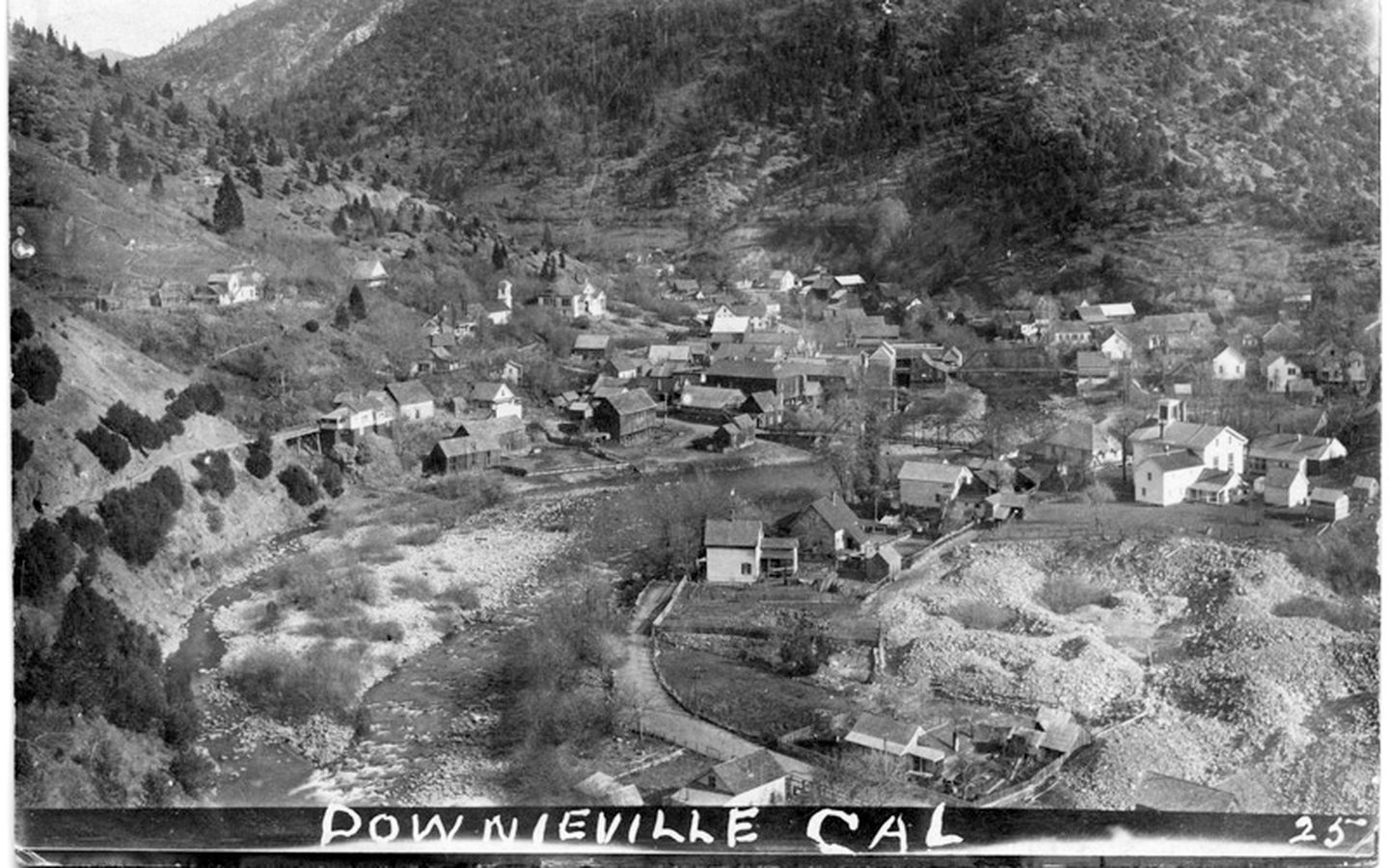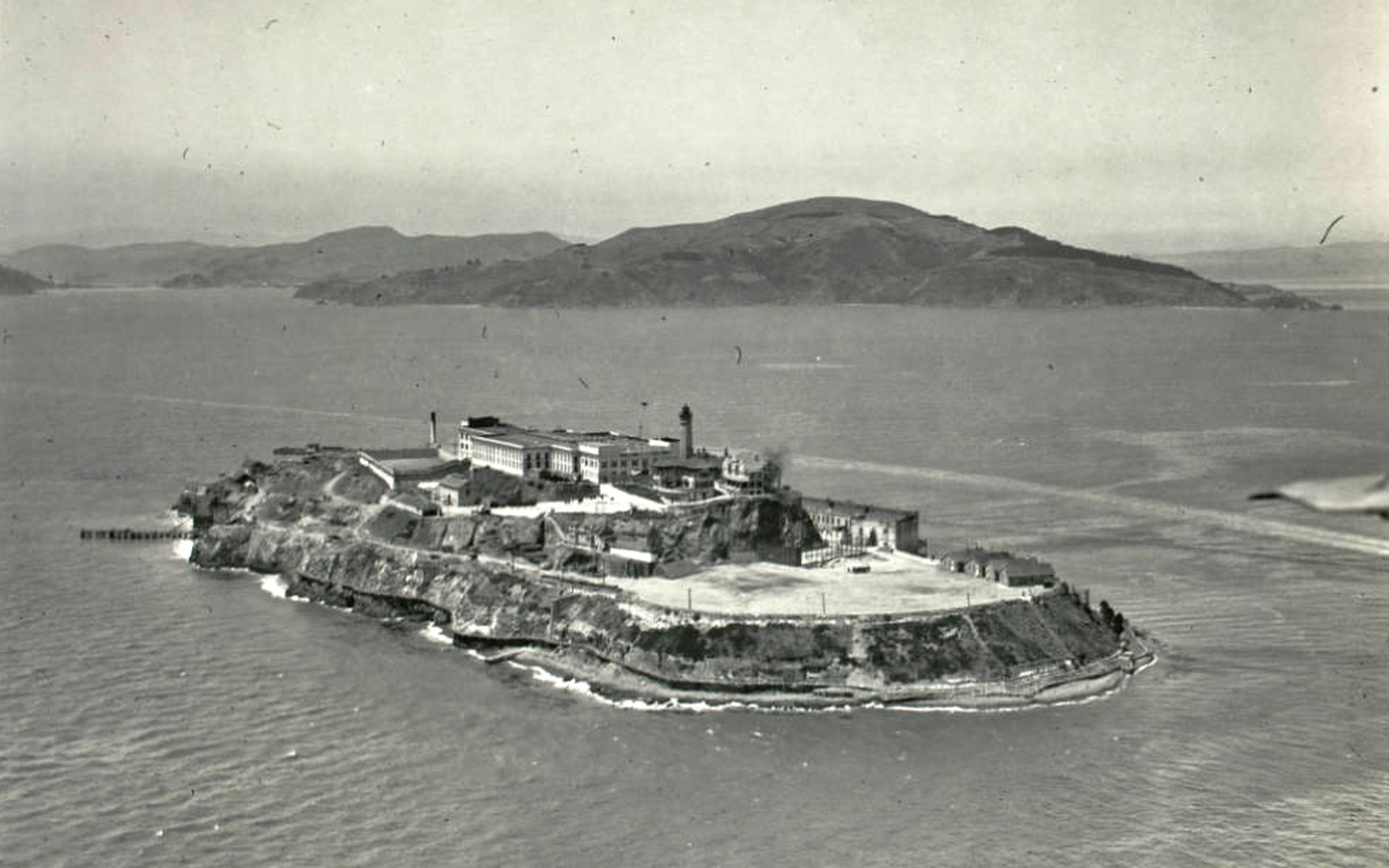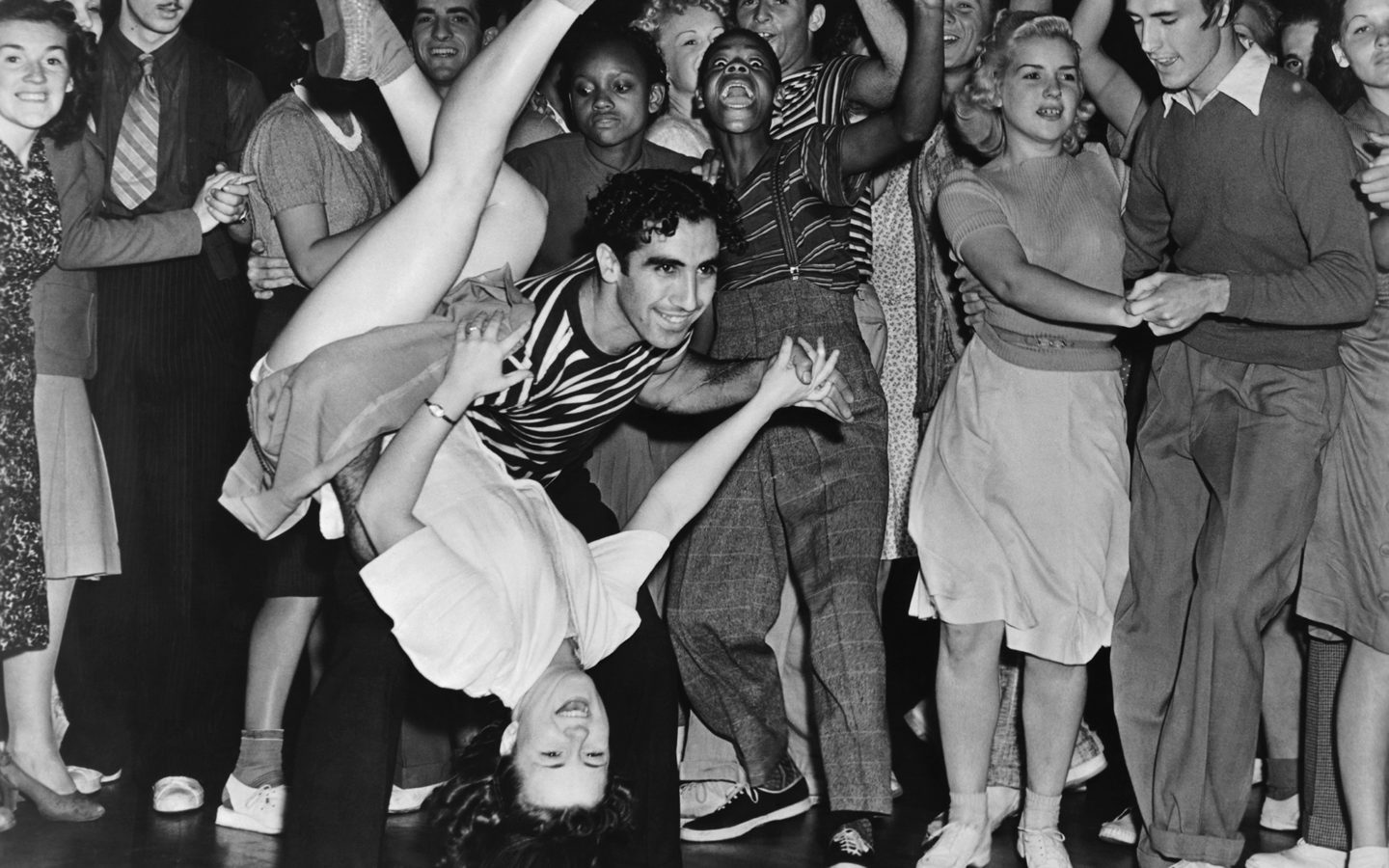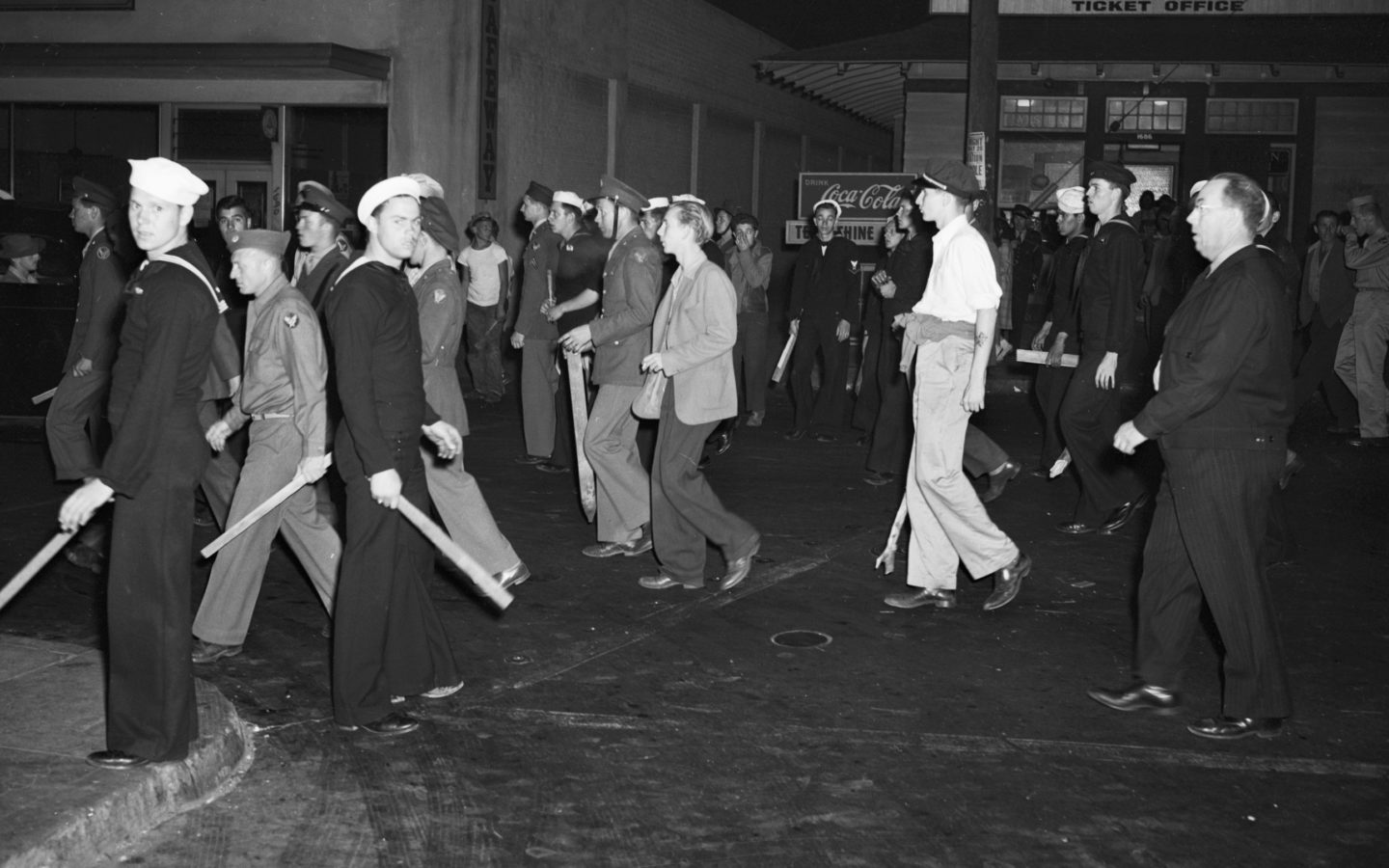Posts by Mike McPhate
James Dean’s fatal crash — and his enduring legend
On Sept. 30, 1955, a Ford sedan collided with a Porsche Spyder 550 on a lonely stretch of highway in Central California, killing a young James Dean. The crash was the earthly end of the 24-year-old star, but the beginning of his enduring legend. Dean only starred in three films. At the time of his…
Read MoreHow Juan Rodríguez Cabrillo landed in California
Long before the pilgrims landed at Plymouth Rock, Iberian explorer Juan Rodríguez Cabrillo set off from Mexico in a bid to confirm long-told myths of a paradise abounding in gold at the edge of the known world. After three months at sea, he found it. In September of 1542 Cabrillo’s fleet of three ships became the…
Read MoreThe Honda Point disaster and California’s malevolent coast
Over the centuries, hundreds of ships have been swallowed in the maw of California’s jagged coast. It was in early September of 1923 that one of the worst disasters unfolded as seven U.S. Navy destroyers ran aground along the Santa Barbara County coast. Twenty-three sailors lost their lives. The ships were convoying in a column from San…
Read MoreClara Foltz’s remarkable lifetime of legal firsts
In September of 1878 the force of nature known as Clara Foltz passed the California bar, becoming the first female lawyer on the West Coast. The firsts didn’t stop there. Foltz was the first woman to serve as clerk of the state Assembly’s judiciary committee, the first woman deputy district attorney in the country, and…
Read MoreFrom a slave to one of L.A.’s great philanthropists: the life of Biddy Mason
Biddy Mason was brought to California as a slave in 1851. Then she became one of Los Angeles’ wealthiest women. Mason was born on Aug. 15, 1818, most likely in Hancock County, Georgia. As a young woman she was enslaved by a Mississippi farmer named Robert Smith, a convert to Mormonism who joined his church’s…
Read MoreThe short life of California’s first newspaper
California’s first newspaper was published in Monterey in August of 1846. Shortly after American forces seized the port city, the weekly Californian was founded by Walter Colton, the administrative leader of Monterey, and Robert Semple, a frontiersman from Kentucky. The local population didn’t exceed 1,000 souls at the time, and the newspapermen had to rely…
Read MoreThe sorry story of John Sutter
The owner of the California property where gold was discovered died broke. Swiss pioneer John Sutter arrived near the confluence of the Sacramento and American Rivers on this week in 1839. He built a fort, persuaded the Mexican governor to grant him a massive expanse of land, and made plans to construct a city. Needing lumber,…
Read MorePhotographs of a California beautiful and battered
California is a land of white sand beaches and glistening granite peaks, but also of incinerated forests and dessicated hillsides. It’s this second California that has drawn the eye of the Thomas Heinser. For five years or so, the German-born, San Francisco-based photographer has made a study of the state’s scarred landscapes. His images, shot…
Read MoreWhen San Francisco was a Mormon town
For a brief period before the Gold Rush, San Francisco was largely a Mormon town. It was on this week in 1846 that the ship Brooklyn landed at San Francisco, then Yerba Buena. It carried 238 weary Mormons who had completed an epic journey from New York, five times farther than that of the Plymouth…
Read More$10 million buried in the dirt: the legend of the Saddle Ridge Hoard
In 2013, a couple was out walking the dog on their rural Northern California property when they spotted a tin can peeking out from the dirt. Inside it, and seven other cans, they found more than $10 million worth of pristine 19th-century gold coins. It was the largest discovery of buried gold coins ever recorded…
Read MoreHow Southern California deported thousands of immigrant orphans
In the early 1990s, Southern California authorities dumped thousands of immigrant orphans into Tijuana. Waves of Mexican children had streamed across the border into California, many in flight from abuse and poverty, creating a small army of street children that took root under freeways and in parking lots. Many resorted to stealing, peddling drugs, and…
Read MoreThe history of Malibu’s Adamson House
A century ago, Malibu was one family’s personal playground. The heiress of the Spanish land grant that included Malibu grew up hiking, horseback riding, and boating. She later married the ranch foreman and built a Spanish-style mansion by the sea that would become regarded as one of California’s most exquisite homes. Over time, the family was…
Read MorePresidents, pagan rituals, and owls: the Bohemian Club’s raucous history
There’s a retreat in the woods of Northern California where members of America’s ruling class gather each summer to listen to lectures, party boisterously, and burn an effigy in front of a 30-foot tall owl statue. Founded in San Francisco in 1872, the Bohemian Club began as an intellectual haven for creative types. Over time,…
Read MoreThe Indian revolt that nearly led California down a wholly different path
Before white settlers stampeded into California in a quest for gold, an earlier wave of colonizers arrived in the name of God. Beginning in the 18th century, Spanish priests established a series of religious outposts in California in an effort to convert the indigenous population. The first — Mission Basilica San Diego de Alcala —…
Read MoreThe murky case of Josefa Segovia
In 1851 Josefa Segovia was lynched — the only hanging of a woman in California history. The story began with July Fourth celebrations in the northern Sierra mining town of Downieville. After a day of hard drinking, things got rowdy. At some point, a Scotsman named Fred Cannon and his companions were out carousing when…
Read MoreThe unsolved escapes from Alcatraz
The federal penitentiary at Alcatraz Island, about a mile off San Francisco’s shore, was meant to be escape-proof. But that didn’t stop inmates from trying. In 1962, three prisoners staged what became one of the most notorious unsolved crimes in American history. John Anglin, his brother Clarence Anglin, and Frank Morris, all bank robbers, spent months…
Read MoreSanta Cruz had a Footloose moment in 1956 when rock-and-roll dances were banned
In June of 1956, Santa Cruz had a real-life “Footloose” moment. Police officers had been dispatched to check in on a Saturday night dance at the city’s civic auditorium. They were disturbed by what they saw. According to a police report, about 200 teenagers gyrated to the sounds of a rock-and-roll band, with some couples…
Read MoreIn 1943, mobs of white sailors attacked Mexican-Americans in Los Angeles. The L.A. Times cheered it on.
In the 1940s, Los Angeles was a city of transplants: Mexicans fleeing war, black Southerners seeking opportunity, white farmers escaping the Dust Bowl. World War II was raging, stoking fears of a Japanese attack on the West Coast, and racial tensions were high. Young Mexican-Americans embraced the pachuco style — known for its zoot suit…
Read More